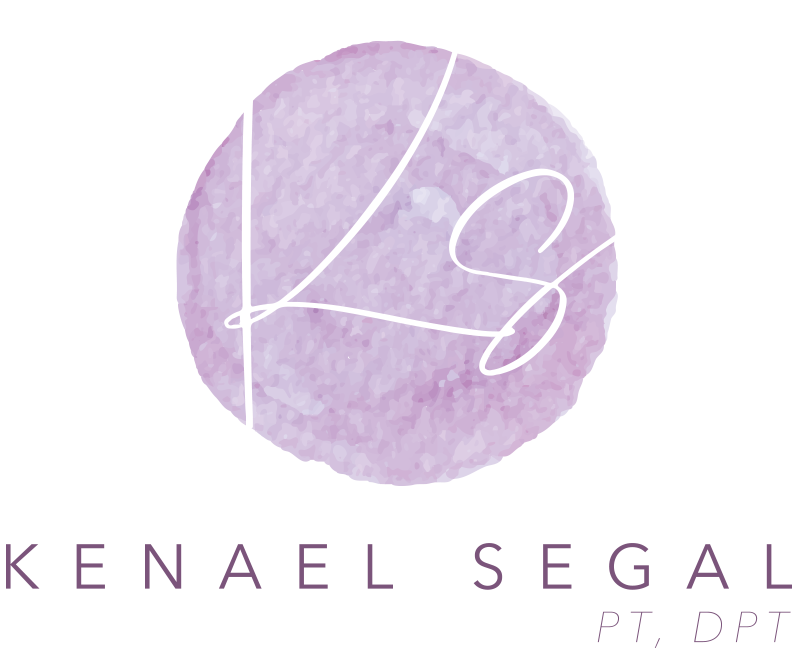Your chronic pain is in your head
It is, but not really
There’s some amazing science out there on pain and how the brain interprets it. I am not an expert in that field, but I’ve treated patients and read enough articles to notice a few things. When it comes to chronic pain, the stimulus to the pain may not be there anymore, yet the brain reacts as if it is. What gives?
Go back to when your pain started in the first place. It might be a dark place for you, but don’t worry, we won’t be there very long. Maybe, you don’t even recall the trigger—that can happen! Whatever your story, your brain interpreted the original stimulus as painful so you would back away from it, protecting your body from injury or harm. But over time, the brain may learn to interpret the original stimulus, anything associated with it, and even things that are not painful as dangerous. Without realizing what is happening, your brain panics and sends itself into overdrive, reacting as if there is pain, even when the stimulus is no longer present. I know from personal experience that it can turn you into a different person, and I see it with my patients as well. To overcome the pain, you must treat not only your physical body, but your mind as well.
First, notice the times that cause you to feel stressed. Whether it’s work, family, travel, etc. Those moments of stress, increases the fight or flight response which can include a heightened sensation of pain. You must teach your body to be calm in those situations. You will indeed feel stress throughout your day to day life, but responding to the stress versus reacting will leave you in a better place.
It doesn’t take very long into an initial evaluation for me to recommend breathing exercises. For pain, it stimulates the vagus nerve, the parasympathetic nervous system; the autonomic nervous system that relaxes you—and helps you to digest. I think this is the easiest and fastest way to teach the body to relax. You’ll want to use a relaxing breath during those stressful moments you identified. It can be as simple as a deep inhale followed by a slow exhale. Keep it simple to start.
I highly recommend meditation for all pain sufferers. If you hesitate to try meditation, find a way to make it work for you. There’s no need to sit in a dark, empty room filled only with burning candles for an hour. Meditation is what you make of it. It could be 5 minutes of breathing or 20 minutes of guided practice. Whatever you make of it, it stimulates your parasympathetic nervous system, leaving you in a better place when you’re complete. The great news about breathing and meditation is the effects of it will spill over into other parts of your day, allowing you to respond to stress instead of reacting to it.
Finally, address affected body part(s) with manual therapy and stretching. For example, if your pain is related to sex, before jumping right into it, start slow, progress up what causes discomfort. You might start with a dilator or wand to address any physical limitations from tight, stubborn muscles. If your emotions get in the way, as they sometimes do, before getting physical, you can begin with breathing or a meditation with something that represents sex, working your way up to being more physical. You might even want to reach out to a counselor who specializes in pain. Active stretching of the general area, and areas in close proximity to your troubled landscape can help as well.
Although the pain stimulus may no longer be present, your brain may think otherwise. And until you address how your brain interprets sensation, you might get stuck treating the same body part over and over with minimal improvement. Address both your mental and physical limitations, and you’ll be better off.
